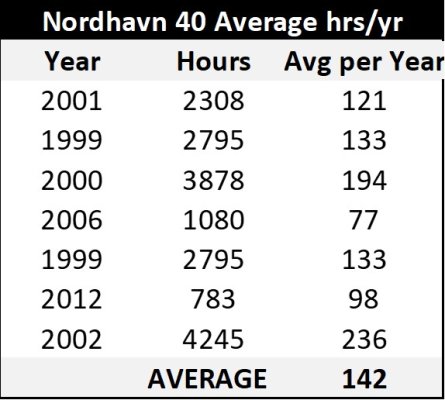Have had triumphs, ducks, KTM, hogs, airbag wing but fondest memories are on a beat up airhead I got off a cousin as a kid. Peter sounds like we’re brothers with different mothers.
Thread drift but wondering about your plans. Never been to the western Caribbean. Hear good things about the San Blas from some and terrible from others. What’s your take? What are the must see places on the Caribbean side of Central America?
I too have heard good things of the San Blas islands. Lately, I've been watching YouTubers Project Atticus in Bocas del Toro islands which seem worthy. Honestly, I'm a sucker for street tacos so small towns and old cities. I have friends who live in the mountains of Costa Rica overlooking the Pacific Ocean so Quepos will probably figure in. A past delivery skipper mentor of mine used to rave about Barra Navidad which I continue to hear good things about, though it's built-up into a fancy resort these days. I've always wanted to go to Oaxaca which is inland so somewhere Chiapas is a decent stop.
Rio Dulce and islands off Roatan are definitely on my radar, but probably a trip from Florida vs approaching from Panama Canal due to security/piracy reports off Nicaragua - the reports are troubling and extend far enough out to Providencia, over 100 nms, that avoiding the coast is difficult. Colombia is now safe and I hear really good things about Cartegena, 300 nms east of the Panama Canal, so that might be a good stop. Cartegena is a colonial city which are fascinating to me. From there, weather and season become a dominant planning factor - next stop would be a 500 nm passage to Port Antonio on west end of Jamaica which I also understand is a good stopping point, especially if intent is to avoid Nicaragua. For example, Jamaica is due north of Cartegena, and I suspect some easting might be in order before heading north. I know nothing about Baranquilla Colombia, but it's east and might present a better angle to head north (as would the ABCs). It's been a couple years since I studied the Pilot Charts, but from memory, late Spring/early Summer is a good passage time, just before hurricane season. So once you leave the lower latitudes off So America, I would be committed to heading home - no extended stopovers in Turks/Caicos/Bahamas.
I've chartered sailboats several times in the Caribbean - mostly out of BVI, but once out of Charlotte Amalie St Thomas. It's good sailing and a nice enough place, but I do not have a strong desire to return. That said, I liked Grenada when I was there, and Tobago is perhaps my favorite island but I also like Puerto Rico as they still have a strong sense of identity (and yes, it does seem odd that they don't require a passport for Americans to visit), In general, I find the Caribbean to be crowded, expensive, and their culture had been blotted-out by years of tourism. I like it there, just not a compass point for cruising.
They say the most difficult stretch of any passage is the first boat-length, just getting out of the slip and underway. It's a mental barrier, not a physical one. Certainly has been the case for us. We'd planned on heading out in 2004, then I got a dream job, and Cheryll lost her job when Telecom collapsed, so cruising was back-burnered. And here we are in 2020 with a bizarre set of global events that has constipated plans again....
Cheryll and I self-identify a bit more with classic sail-cruisers. I don't say that as a special merit-badge, it's just what we enjoy. Without kids and having been a bit lucky over the years, we will run out of time before we run out of money, but it's a mental thing - we just don't like fancy boats (I'm tired of fixing them, she finds them too similar to Vegas suites). We cruised the California Delta (SF to Sacramento) for years and had a great time gunkholing, so I'm sure we'd enjoy the Loop and Bahamas, but we'd do it in a more austere way. I like long passages, she likes them as long as there is a third crew. On a small boat like ours, a third crew has to be well matched from a personality perspective. We are approaching 60 years old - the pool of contenders has dwindled considerably over the years for various reasons.
Peter

